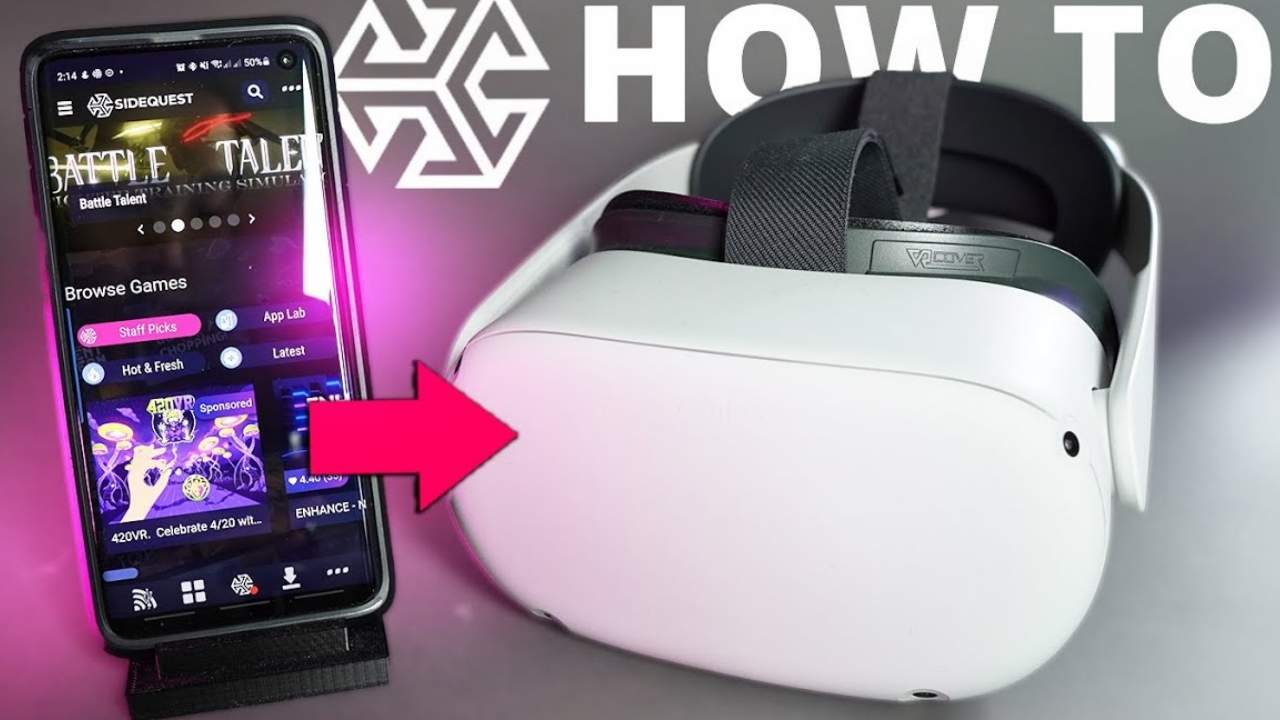Xiaomi Mi Band 6 review - Android
Xiaomi’s Mi Band, now in its 6th iteration, has been one of the best budget fitness and activity trackers available to consumers. Indeed, while it may not be a brand that many US buyers are familiar with, it garners praise from those who spend time with them.
The Mi Band 6, also known as the Xiaomi Mi Smart Band 6, is priced about $56 USD and features a number of the most common activity tracking capabilities. As one of the most affordable wearables in its space, it offers up a surprisingly robust amount of features.

Thanks to the team at Xiaomi we’ve had a review unit on our wrist for the last week or more, putting it through a number of paces. How does it fare as an entry-level wearable? Is it worth considering over something pricier, such as a Fitbit model? Where does it shine? Where does it stumble?
Key Features
- 1.56-inch AMOLED display
- 14-day battery life
- Bluetooth 5.0
- 30 Fitness Modes
- Heart Rate Tracking, Sleep Tracking, Stress Monitoring, SpO2 Tracking, Breathing Exercises
- 5ATM Water Resistance
- Magnetic Charging
- Available in Black, Orange, Yellow, Olive, Ivory, Blue
Design
From a design standpoint the Mi Band 6 looks nearly identical to its predecessor the Mi Band 5. That is to say they have a curved rectangular display, rubberized band with a pin-style buckle.

Our black unit was somewhat uninspiring in terms of aesthetics but we didn’t expect anything flashy at this price. With that said, it’s incredibly light and you’ll hardly notice you’re wearing it.
The 1.56-inch display is about 50% bigger than its predecessor and spans nearly edge to edge. It doesn’t feel like there’s much of a bezel around the screen; no space is wasted.
There are plenty of designs available for the watch face itself with a select having extra customization. We would have traded out half of the selection for a bit more personalization.
Performance
The Mi Band 6 punches above its weight class in terms of features, especially on paper. In practice we found that it was really good at most things, but not particularly great at any one of them. Aside from battery life, that is.
The Mi Band 6 can keep an eye on quite a few health metrics, some of them automatically. Other things, such as tracking activities, can be manually configured.

We appreciate what the wearable attempts to do but never truly put any heavy weight behind things. Oxygen saturation (SpO2), for instance was a mixed bag which had us more or less factoring in an average. One time it might say 85%, a number that drew concern, whereas it would say 96% a moment later.
Of course like all wearables the tighter you wear the Mi Band 6, the better or more accurate your results will be. Tracking the heart rate or stress level was generally on the mark but we found ourselves double checking just in case the first number wasn’t true.
Once we found the right fit on our wrist things seemed to even out a little better. As it turns out we initially erred on the looser side of things, reluctant to make it too tight. One hole up the strap was all it took to make for accurate figures.

The Xiaomi Mi Band 6 is able to automatically detect and track six activities: walking, cycling, running, rowing machine, treadmill, and elliptical. It does have the capability of logging another two dozen activities such as basketball, yoga, and stretching, but you’ll have to manually track them.
Staying here for just a moment, the Mi Band 6 does not have an internal GPS so that means you’ll need to take your phone with you on a run, walk, or bike ride. Also, the app does not share its data with Fitbit, Google Fit, or other partners. This could be a deal breaker if you’ve become dependent on a different platform.
The Xiaomi Mi Band 6 can also track sleep duration, breathing, stages of sleep (light, deep, and REM), and naps providing you with an overall sleep score. Using a scale of 1-100, it does a fairly decent job of generalizing your sleep insights. If sleep data is a primary concern for you, we suggest taking things with a grain of salt and/or pairing this with another sleep tracking tool.

We were using the Mi Band 6 at the same time as the Net Hub (2nd Gen) and the Tempur-pedic Sleeptracker and found things were never entirely on the same page. For instance, the wearable might say we slept fairly well while the others suggest we were restless.
Don’t let this fool you into thinking it’s not accurate or worth your money. These issues popped up few and far between, but enough so that we felt compelled to share. As it pertains to tracking steps, heart rate, sleep, and other basics, it does an admirable job. Just keep in the back of your mind that you may need to double check something like oxygen saturation or heart rate.
There are other features in the Mi Band 6 we really appreciate having, such as weather, alarm, stopwatch, timers, and a “find my device” option. Additionally, paired to a phone you’ll be able to remotely control playback for your media or trigger a shutter on your camera.

Setup and configuration was relatively painless and took all of a few minutes with the Mi Fit app. If you’ve ever purchased a wearable, you’ll find this is a familiar process. Navigating the app is intuitive and straightforward whether you’re looking for your sleep data, tracking a walk, or checking your stress level.
One area where the Mi Band 6 really shines is in the battery life which can reach up to 14 days per charge. Mileage will vary based on how often you want it to track things such as heart rate or oxygen saturation but you’ll likely be able to squeeze out a week without a sweat.
The PAI (Personal Activity Intelligence) is a unique metric that seems to factor in heart-related activities, scoring it on a scale. The more activities you do in a day, and the longer you keep your intensity levels up, the better. The goal is to keep the number above 100 but it’s not exactly clear as to how individual things affect it. If anything, we used the number to see how we were trending from day to day with the aim of improving things.
Conclusion
The sub-$75 wearable space is becoming increasingly crowded as companies race to the bottom in terms of price. Consumers have plenty to choose from and most of the players have proven to be quite adept at putting together a solid all-around device.
The Xiaomi Mi Band 6 builds on its predecessor and is among one the best options for your money. There’s a solid suite of functionality tucked into the wearable, including tracking of more than two dozen activities. You may encounter the occasional strange reading but it does a solid job of providing insight into your fitness and wellbeing.
We’re growing quite fond of the Xiaomi brand and have no problems recommending as a low-cost alternative to the likes of Samsung here in the US. If you’re new to the wearable space or don’t need standalone GPS, fancy watch faces, or replaceable straps, you’d be wise to consider the Mi Band 6.
Pick one up from Walmart, Gearbest, AliExpress.
28/04/2021 12:00 AM
SideQuest Android app allows sideloading Quest content with phone
28/04/2021 05:59 PM
Which online subscription is better - PlayStation Plus or Xbox Live Gold
28/04/2021 02:00 PM
Clean up your mess with the Roborock S6 robot vacuum and mop down to $380
28/04/2021 12:15 PM
Check if your Sony Android TV will get the new Google TV-inspired UI
28/04/2021 08:39 AM
One Apple exec actually wanted to bring iMessage to Android back in 2013
28/04/2021 09:42 AM
Brand new titles coming for Stadia Pro members in May
28/04/2021 03:26 PM
RuneScape is finally coming to iPhone and Android devices this summer
28/04/2021 02:53 PM
- Comics
- HEALTH
- Libraries & Demo
- Sports Games
- Racing
- Cards & Casino
- Media & Video
- Photography
- Transportation
- Arcade & Action
- Brain & Puzzle
- Social
- Communication
- Casual
- Personalization
- Tools
- Medical
- Weather
- Shopping
- Health & Fitness
- Productivity
- Books & Reference
- Finance
- Entertainment
- Business
- Sports
- Music & Audio
- News & Magazines
- Education
- Lifestyle
- Travel & Local








